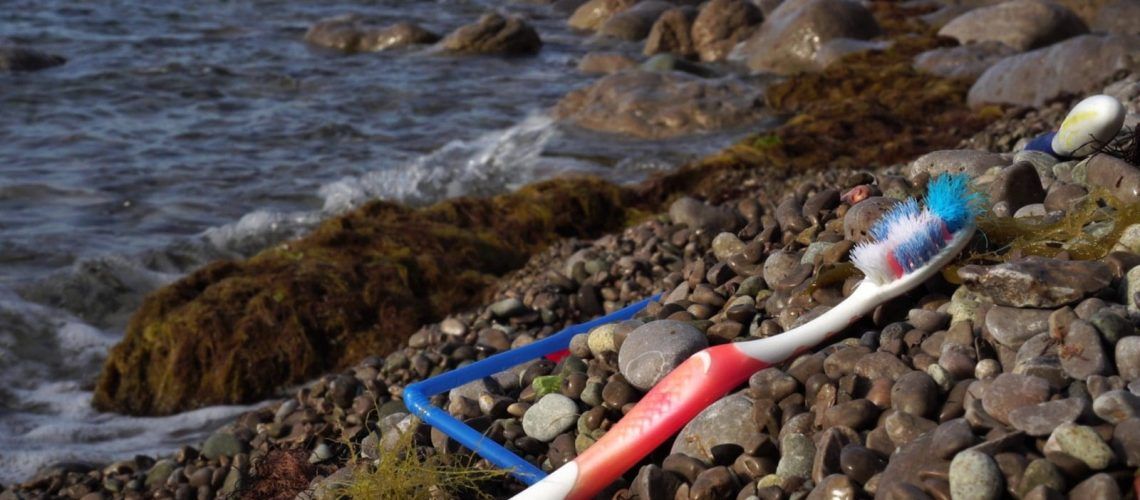Every year the Earth continues to swell with more and more people, and with that, population growth grows the rate at which we consume dental supplies. The impact we make just from keeping our teeth looking great is substantial, and it’s important that we start taking steps to take care of it. Every year we begin to better understand what we can do to help our planet and what choices will ensure that we leave it looking wonderful for generations to come. While dental hygiene isn’t the first thing that comes to mind for most environmentally conscious patients, its impact cannot be ignored.
2-3 pounds of waste from plastic results from every toothbrush made and disposed of
Exploring The Breadth Of Dental Hygiene’s Impact on the Environment
Years ago, the ADA (American Dental Association) produced a set of guidelines to help Americans understand the finer points of dental hygiene practices. When creating these guidelines, the impact that dental hygiene would make on the environment wasn’t well understood and was not accounted for. As a result, these guidelines are also partially to blame for the immense amount of waste produced by caring for our teeth. Below are some examples of the waste produced by caring for our teeth:
- Toothbrushes alone produce over 40 million pounds of plastic waste
- A football stadium could be filled with the number of floss containers discarded each year
- Mouthwash bottles account for an immense amount of plastic waste on their own
- Those who leave the tap water running while brushing waste 4 gallons of water each time
- Electric toothbrushes produce less plastic waste, but batteries must be disposed of properly
Dental plastic waste, like any form of plastic, has the ability to remain in the environment for decades, even centuries, before breaking down. In the process, it won’t break down completely but instead become plastic microparticles that will find their way onto beaches, into fish, and even into a great island of plastic in the ocean. The only way to eliminate this process is to start reversing our introduction of plastic into the environment.
Eight decades later, dental floss can still remain intact in landfills
Efforts You Can Take To Protect The Environment
There have been some surprising results coming out of ongoing research into ways to reduce our impact. One study has even shown that the use of our tongue, finger, and a splash of water after every meal to remove debris can be more effective than daily brushing. Most will agree it’s not worth the risk and will want to stick to traditional methods of brushing their teeth with toothpaste, floss, and mouthwash. Thankfully there are toothbrush options to help reduce your impact, including bamboo toothbrushes. The most effective solution may surprise you, however. To minimize your impact as much as possible, simply don’t throw your plastic toothbrush away. Instead, make sure they make it into a qualified recycling container.


